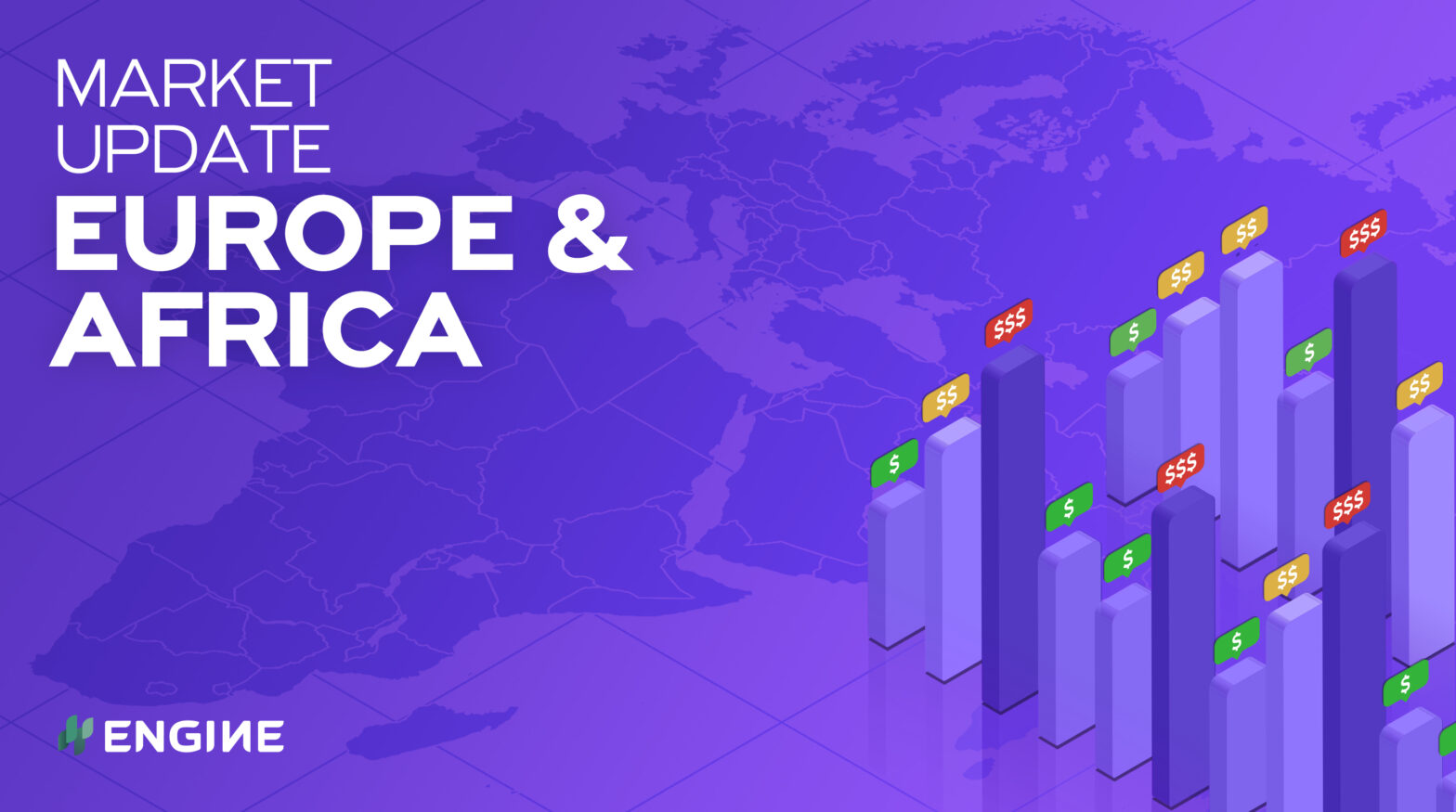European and African bunker prices have been rangebound in the past day, slowing their rise after rallying to multi-month highs on the back of Brent pushing above $80/bbl.
Changes on the day to 08.00 GMT today:
- VLSFO prices up in Gibraltar ($2/mt), and down in Durban ($7/mt) and Rotterdam ($1/mt)
- LSMGO prices up in Rotterdam ($5/mt), and down in Durban ($6/mt) and Gibraltar ($4/mt)
- HSFO prices down in Gibraltar ($6/mt) and Rotterdam ($2/mt)
High swells could cancel outer anchorage bunkering in Las Palmas today, and push deliveries into inner anchorage where space is more limited, port agent MH Bland says.
Congestion could build if swells limits bunkering to inner anchorage over a sustained period. The swell is forecast to rise towards a peak on Thursday, before calming some over the weekend.
Tenerife may present a more sheltered option, but supply capacity is also more limited there.
Gibraltar Strait ports have calmer weather and minimal congestion. One vessel waiting to bunker in Gibraltar this morning, MH Bland says.
Las Palmas currently prices VLSFO at narrow $3-4/mt discounts to Gibraltar and Algeciras, while LSMGO is $8-11/mt more expensive in the Canary Islands port.
VLSFO prices in Las Palmas, Gibraltar and Algeciras since 1 September
Bunkering was called off in Algoa Bay because of strong winds and swell yesterday morning. Conditions are forecast to improve today and could allow for deliveries, before worsening again on Wednesday afternoon.
Brent
Front-month ICE Brent has jumped $1.50/bbl higher on the day to 08.00 GMT today, when it traded at $80.27/bbl.
Brent trades at three-year highs of more than $80/bbl after rallying for six days with support from tighter global crude supplies and a continuous global recovery from Covid-19.
Goldman Sachs forecasts Brent will gain another $10/bbl to reach $90/bbl by the end of the year, Reuters reports.
Global crude stocks are being drawn down at a faster pace than previously anticipated, partly because of lingering production outages in the Gulf of Mexico after Hurricane Ida struck, coupled with a lack of US shale oil ramp-up to fill the gaps, the bank said.
The lost supply in the aftermath of Hurricane Ida has exceeded the 400,000 b/d monthly output increases from OPEC+ since July. Global demand has bounced back from Covid-induced restrictions faster than expected. The supply-demand balance has increasingly tilted towards undersupply and accelerated stock draws in support of oil prices, Goldman Sachs said according to Reuters.
